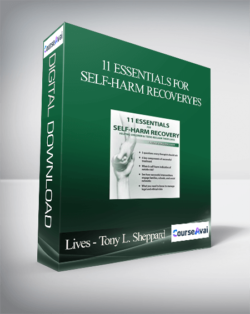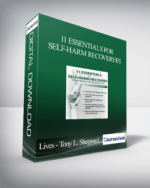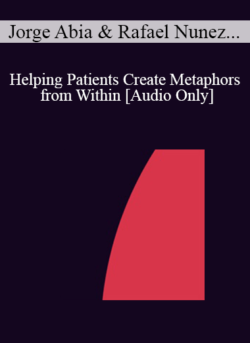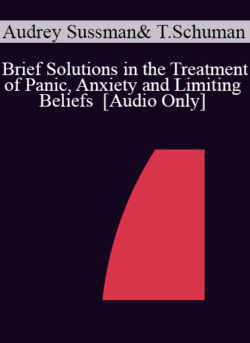In this recording, Dr. Tony Sheppard answers these questions and more as he guides you through a multisystemic approach to assessment and treatment of non-suicidal self-injury.Purchase 11 Essentials for Self-Harm Recovery: Helping Children & Teens Reclaim Their Lives – Tony L. Sheppard courses at here with PRICE $199 $56 11 Essentials for Self-Harm Recovery: Helping Children & Teens Reclaim Their Lives – Tony L. SheppardWorking with Clients who Self-Injure Raises Many Questions:How does it differ from suicide?Do I have to report it?What do I tell parents?What is the role of the school?Does social media hurt or help?Is hospitalization required for kids to improve?In this recording, Dr. Tony Sheppard answers these questions and more as he guides you through a multisystemic approach to assessment and treatment of non-suicidal self-injury. This recording focuses not only on risk assessment, but also provides a practical guide to working effectively with clients — covering simple assessment and management of self-injury as well as more significant care, such as residential treatment and management of multiple self-harm behaviors. Several interventions will be examined in-depth, including motivational interviewing; cognitive treatment; replacement skills; and adjunctive family, group, and psychiatric therapies.Throughout the recording, we will investigate the underlying motivations behind self-harm behaviors, identifying complications related to trauma and/or body image issues. By the end of the recording, you will feel confident in your ability to match interventions to individual clients (stepping up or increasing treatment as necessary), while preventing and responding to potential treatment pitfalls and legal/ethical issues.Define the scope of non-suicidal self-injury for today’s youth as related to clinical treatmentDifferentiate non-suicidal self-injury from suicide, and it’s clinical implicationsArticulate the underlying motivations for self-harm behavior among young clientsAnalyze the efficacy of assessment tools for use with young clients who display self-harm behaviorsFormulate multisystemic clinical interventiont plans that meet the needs of the youth and collateralsConsider the legal and ethical issues inherent in work with young clients who display self-harm behaviors and their clinical implicationsDefining Non-Suicidal Self-Injury (NSSI)Conceptualizing the ProblemPrimary motivationsControlling external/internal environmentImpacts on various settingsNeuropsychology of NSSINSSI and traumaAssessing the ProblemNSSI and suicideStatisticsDifferential diagnosisClinical assessment/screeningFormal assessment tools5 questions every therapist should ask during assessmentTreating the ProblemMulti-systemic approachEngaging families, school, peers, social mediaDetermining who needs to know/how much they need to knowWorking with parentsThe role of the schoolThe role of peersSocial mediaReplacement behaviorsUsing the stages of change/MI model in treatmentAssessing readinessGauging interventionsSustaining and maintaining recovery6 key components of therapeutic interventionDeveloping distraction strategiesBuilding coping skillsEnhancing self-esteem and self-acceptanceImproving relationships and relational skillsAddressing Trauma (“big T” and “little t”)Developing problem-solving skillsThe role of adjunctive therapiesLegal & Ethical IssuesAssessing properly is keyScreening for NSSI at intakeDocumentation/diagnosisTreatment planningReportingSchools tend to have stricter reporting rules than mental health settingsFactors in reportingInvolving other professionalsBalancing the clinical and the legalIntegration of LearningGroup treatment planning activity Purchase 11 Essentials for Self-Harm Recovery: Helping Children & Teens Reclaim Their Lives – Tony L. Sheppard courses at here with PRICE $199 $56
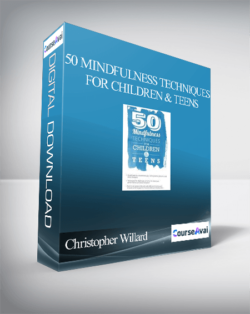 50 Mindfulness Techniques for Children & Teens – Christopher Willard
₹9,296.00
50 Mindfulness Techniques for Children & Teens – Christopher Willard
₹9,296.00
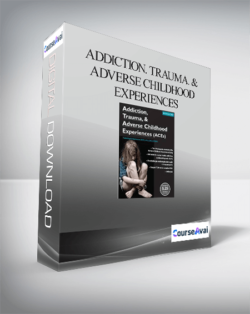 Addiction. Trauma. & Adverse Childhood Experiences
₹9,296.00
Addiction. Trauma. & Adverse Childhood Experiences
₹9,296.00
11 Essentials for Self-Harm Recovery: Helping Children & Teens Reclaim Their Lives – Tony L. Sheppard
₹9,296.00

